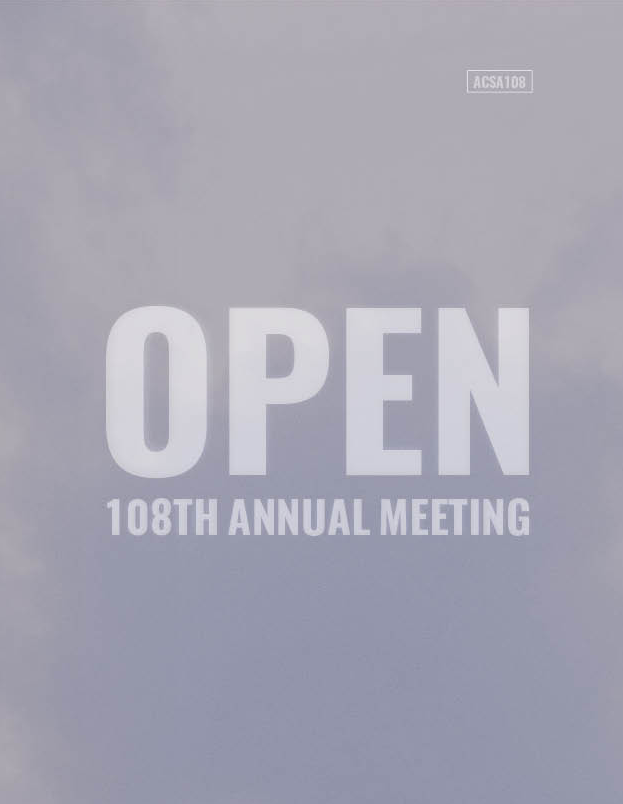Author(s): Gabriel Fries-Briggs
Technologies guiding building production introduce architectural techniques of vision. Beyond changes in the management of design and construction, BIM, integrated with new hardware such as augmented reality devices, produces new forms of perception and visualization. These shifts in the social-visual order of architectural production are abundant. They can be seen in promotional videos for augmented reality headsets as well as architectural schools and offices. An analysis of images and videos made with augmented reality hardware (integrated with BIM) suggests ways that architects can relate emerging construction technologies to aesthetic and disciplinary forms of knowledge, connecting historical conceptions of representation and abstraction to emerging modes of practice. Rather than relegate technologies of modeling, managing, and visualizing to presentations and construction administration, this paper examines the way these technologies transform spatial perception, pedagogical methods, and ideologies of representation. With the ubiquitous use of computational imaging technologies and modeling software, the ‘drawing’ as the site of design has been dramatically altered. Section has been tethered to certain ways of working on, understanding, and abstracting architecture. The x-ray, panorama, and information rich environments suggested by recent visual hardware require an addendum to the section drawing as a medium tethered to the social and spatial characteristics of buildings. These techniques of vision also find historical affinities with spatial vocabulary such as phenomenal transparency. The spatial superimposition, simultaneity, and ‘space-time’ established by Rowe and Slutzky in part presage the optical qualities of augmented construction sites. Computational image environments put forth a version of real-time transparency. Bringing new techniques of vision into the discourse around section is a means to build a foundation for examining their effects and impact. It suggests that these techniques both build on historical formats of representation and are fundamental to new modes of understanding architecture.
https://doi.org/10.35483/ACSA.AM.108.13
Volume Editors
ISBN
978-1-944214-26-5

 Study Architecture
Study Architecture  ProPEL
ProPEL 
